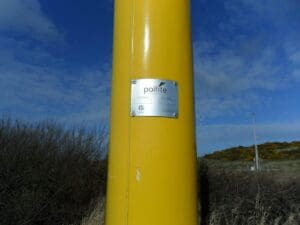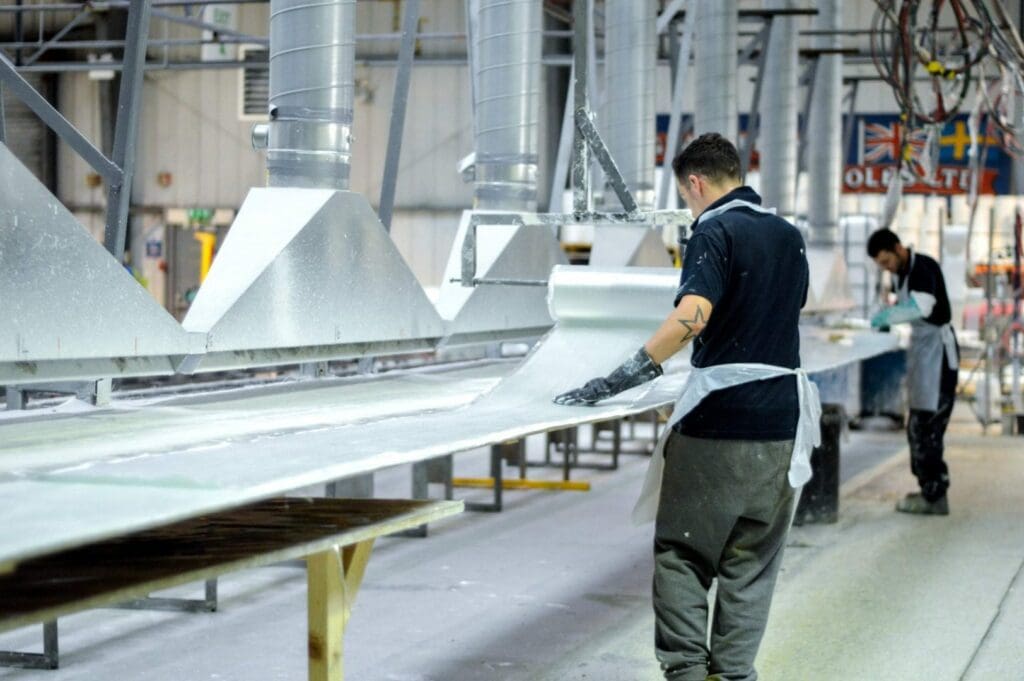In the worlds of engineering and design, it is often in the materials used that innovations come. Fibreglass (fiberglass) is a versatile composite material. It has become the leading material in the creation of frangible structures. Here we discuss the benefits of fibreglass (fiberglass) for frangible structures, identifying how it has revolutionised safety, resilience, and sustainability in various industries.
 Strength-to-weight ratio
Strength-to-weight ratio
Fibreglass (fiberglass) is composed of glass fibres (fibers) embedded in a matrix of resin. It offers remarkable tensile strength but is incredibly lightweight. This combination ensures the fibreglass (fiberglass) frangible structures can withstand significant forces and impacts without becoming cumbersome.
Superior impact resistance
Frangible structures built with fibreglass (fiberglass) can withstand significant impact resistance. It has the ability to flex and absorb energy when subjected to force or collision. This minimises damage and reduces the risk of catastrophic failure. In industries such as aviation, road safety and weather monitoring, this feature of fibreglass (fiberglass) is particularly valuable.
Corrosion resistance and longevity
Fibreglass (fiberglass) is also exceptionally resistant to corrosion. Fibreglass (fiberglass) does not rust or deteriorate when exposed to moisture, salt, chemicals and other harsh environmental conditions. This is contrary to more traditional materials such as steel and concrete. As a result, frangible structures made from fibreglass (fiberglass) have a significantly longer lifespan that those made from traditional materials. This reduces the need for frequent replacements and lowers maintenance costs.
Design flexibility and customisation
The pliability of fibreglass (fiberglass) allows for unparalleled design flexibility. Specific project requirements can be met, accommodating unique shapes, sizes and aesthetic preferences. This adaptability ensures that fibreglass (fiberglass) frangible structures can integrate seamlessly into various landscapes, architectural designs and functional needs.
Ease of installation and maintenance
Due to the lightweight nature of fibreglass (fiberglass), installations are simpler. Less lifting equipment and manpower is required, so installation is more efficient and cost-effective too. In addition, the durability and resistance to wear and tear contributes to minimal maintenance demands over time.
Environmental sustainability
Sustainability and environmentally green solutions are becoming evermore important. Fibreglass (fiberglass) is an eco-friendly material choice. Its production process typically invoices fewer emissions and pollutants when compared to traditional materials. With the need for less frequent replacements, there is also less waste and resources are conserved.

Electromagnetic transparency
Frangible structures made from fibreglass (fiberglass) have an inherent electromagnetic transparency. This makes them ideal for applications involving antennas, sensors and communication equipment. Unlike metals, fibreglass does not interfere with radio frequency signals. This ensure accurate data transmission, making it the perfect material for use in aviation and weather monitoring industries.
—
The benefits listed above are just some of the reasons why fibreglass (fiberglass) is a leading material in frangible structures. They enhance safety, durability and sustainability, factors being prioritised by numerous industries, from aviation to weather monitoring to architectural design. This makes fibreglass (fiberglass) a number one choice for them. The material’s exceptional properties allow structures to be created that yield to impact without compromising strength.
For further information, or to discuss your requirements, contact us.